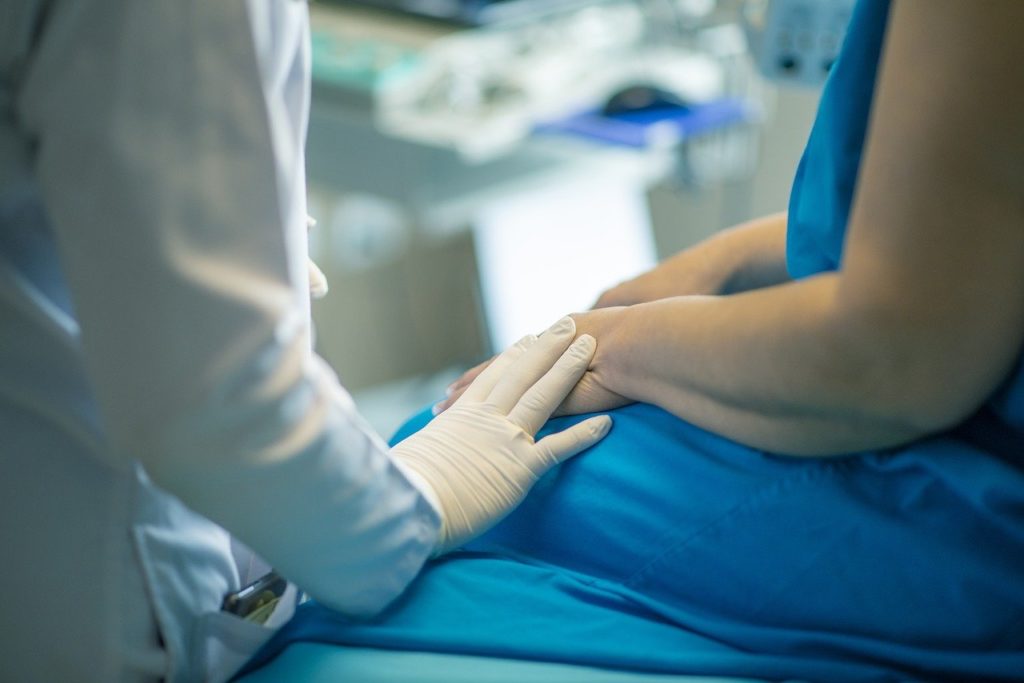HPV (otherwise known as human papillomavirus) is the most common sexually transmitted diseases (STD) in the world — regardless of one’s age, race, or sexual history. More than five million men and women get HPV each year, and almost half of all sexually active individuals will contract HPV at some point in their lives.
There are two types of HPV, high-risk HPV and low-risk HPV. In most cases, HPV has no visible symptoms, but if left untreated, high-risk HPV can lead to cervical and anal cancer. In low-risk HPV, genital warts can occur around the genitals or rectum (they can also appear in the mouth or throat as a result of oral sex). There are around 30 strains of HPV that can be transmitted sexually, yet only two of these strains can cause genital warts. However, the strains that cause warts do not cause cancer, and vice versa.
Genital warts do not necessarily appear immediately after a person has contracted one of these particular strains of HPV. They can appear weeks, months, or even years after a person has been exposed to the virus. Warts can appear on the genitals, rectum, or groin, as well as in the mouth or throat as a result of oral sex. Warts are rarely the same size, but they are usually relatively small, flat, and often flesh-colored. They might also appear as bumps or grow in clusters, and they can be painful or uncomfortable.
Luckily, there are many options for removing genital warts, and these vary from freezing or cutting the warts off to using a laser to remove them. If the warts are not painful, some people prefer not to undergo this surgery, while others decide to remove only those that are visible to the naked eye. Either way, removing the warts will not necessarily remove the virus. The warts might return, and even if they do not, you might still carry and spread the virus to your partner.
There is no surefire way to prevent HPV, as even condom use cannot fully protect you. It is spread through “shedding,” when skin cells from an infected person come into contact with the genitals, anus, or mouth of an uninfected person.
Vaccinations have been in place for women 26 years old and younger, and this trio of shots can help to prevent certain strains of HPV. Thankfully, this vaccination was also recently made available to young men as well. However, it doesn’t protect against all forms of HPV, and if you already have HPV, then you can’t receive the vaccination. And if you do already have HPV, your doctor will need to closely monitor your status to make sure that it doesn’t develop into cancerous cells.
There are growing rates of cervical, anal, and oral cancers, and some doctors believe they are linked to the increase of HPV in sexually active individuals. (In men and women, anal cancer has increased 160% and 78%, respectively. And this increase has occurred in just the past three decades!)
Hence, even though some strains of HPV do not have visible symptoms and are not life-threatening, some strains are, so it’s important to remember not to be casual about this STD, as it can lead to cancer in some people. Get tested and talk to your doctor about the HPV vaccine. Your life might depend on it.

